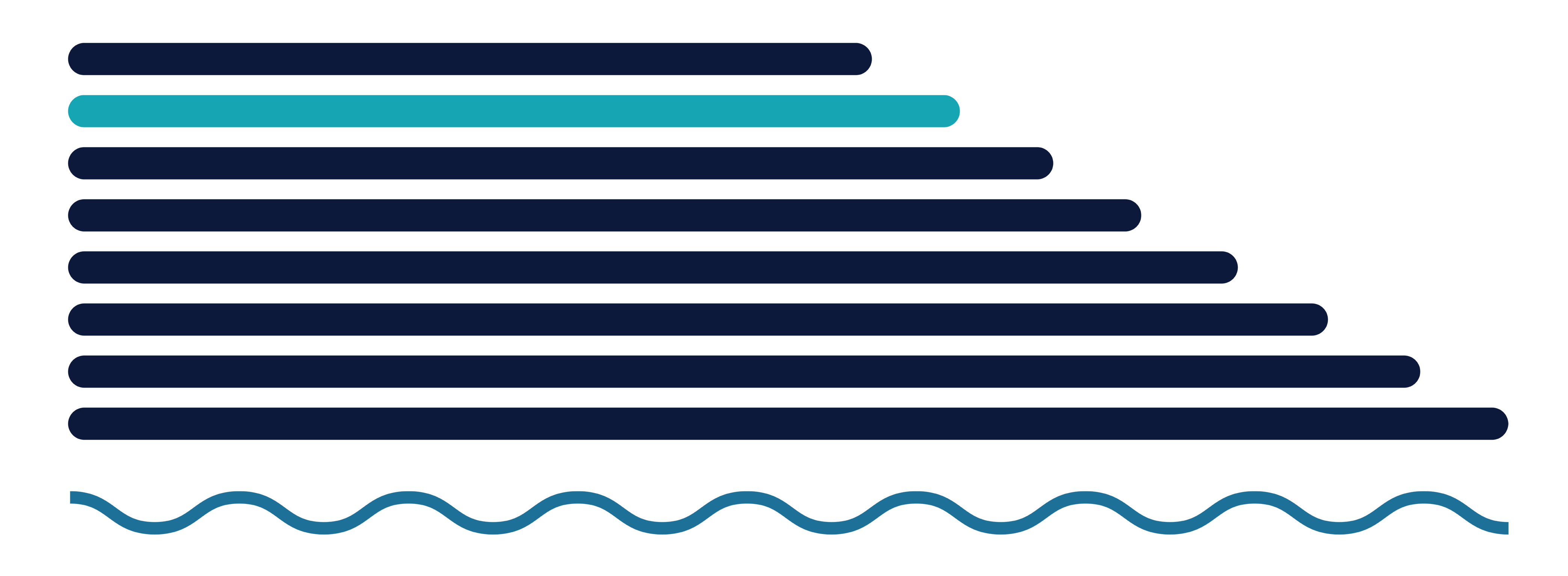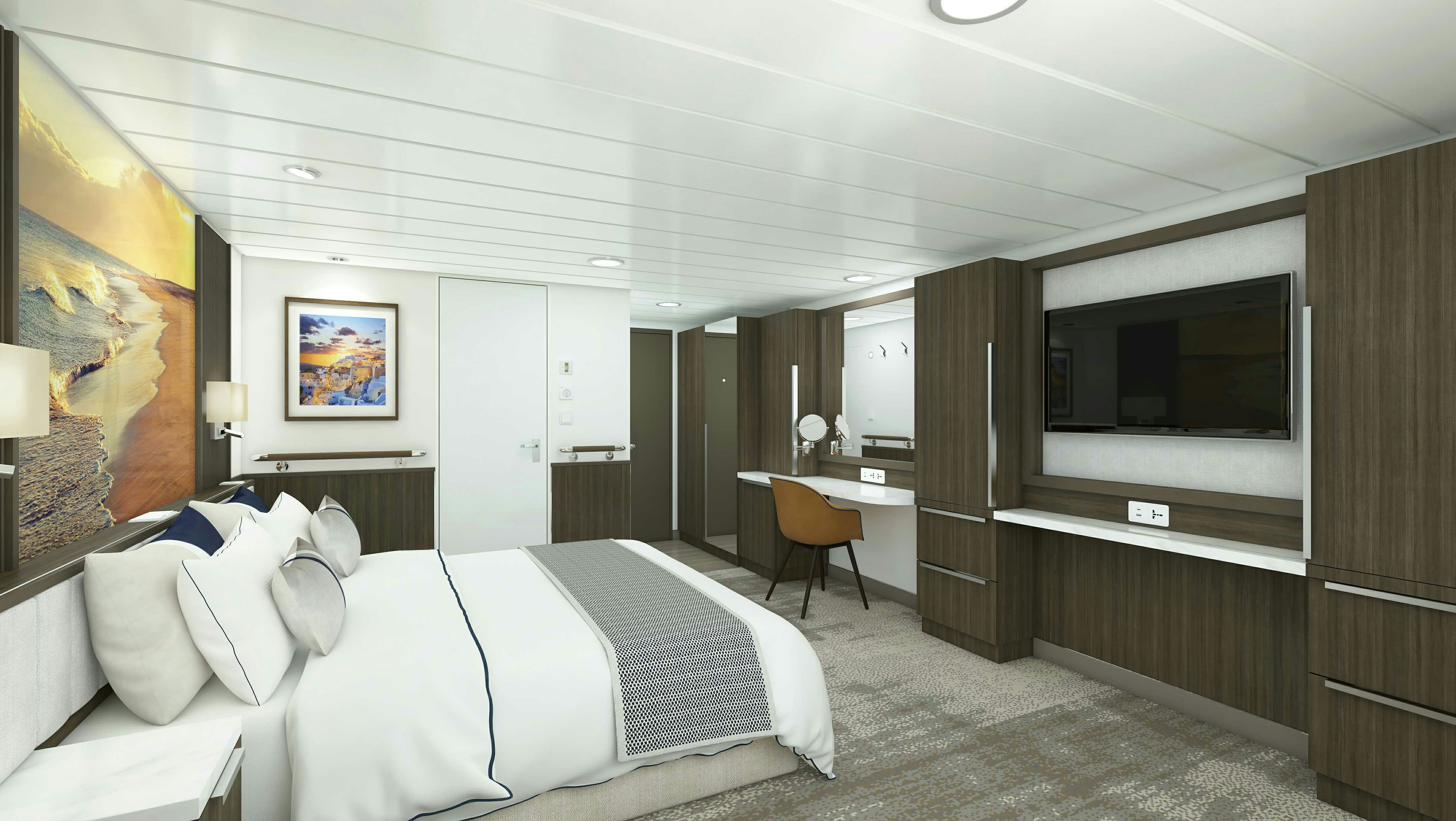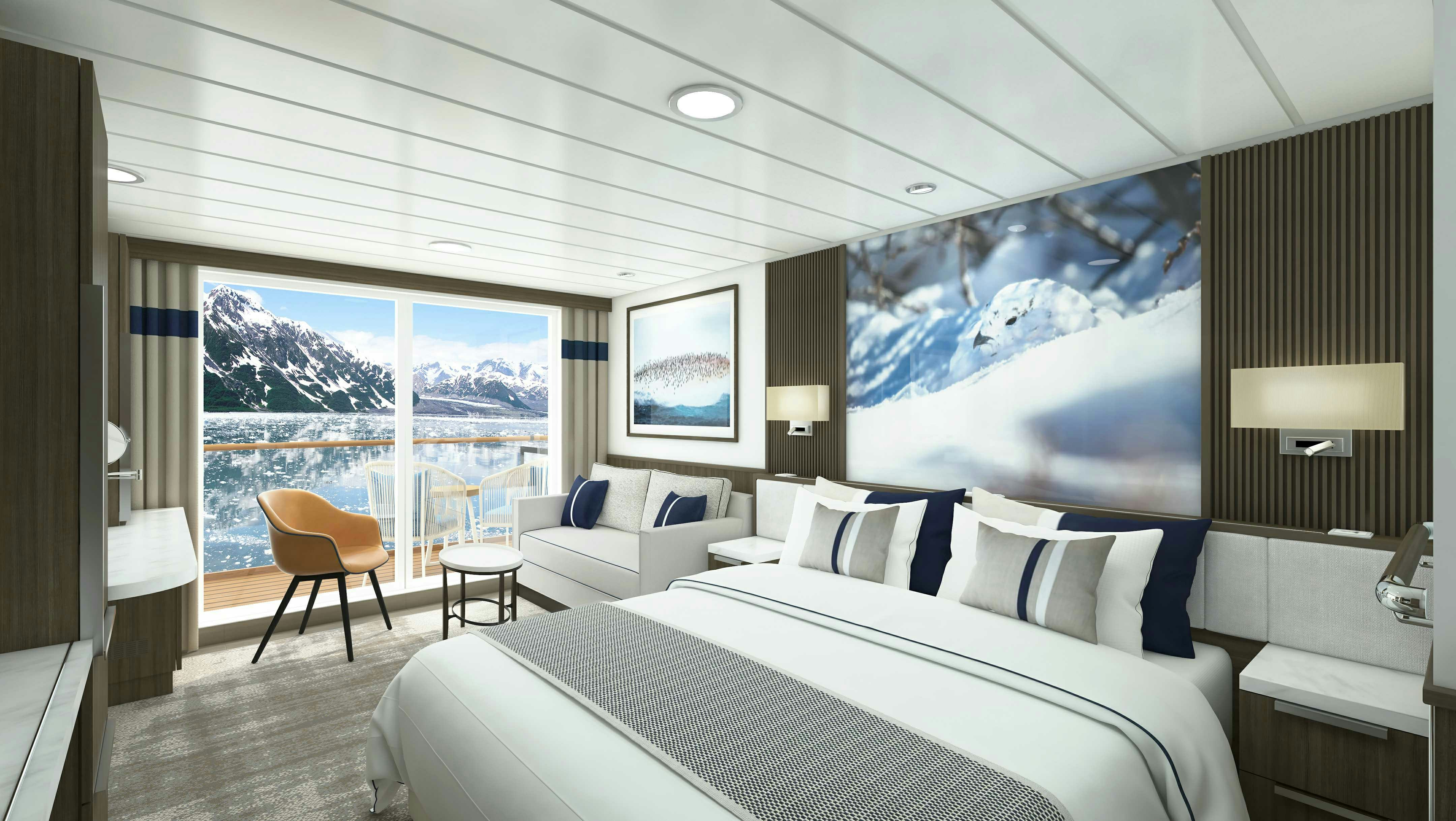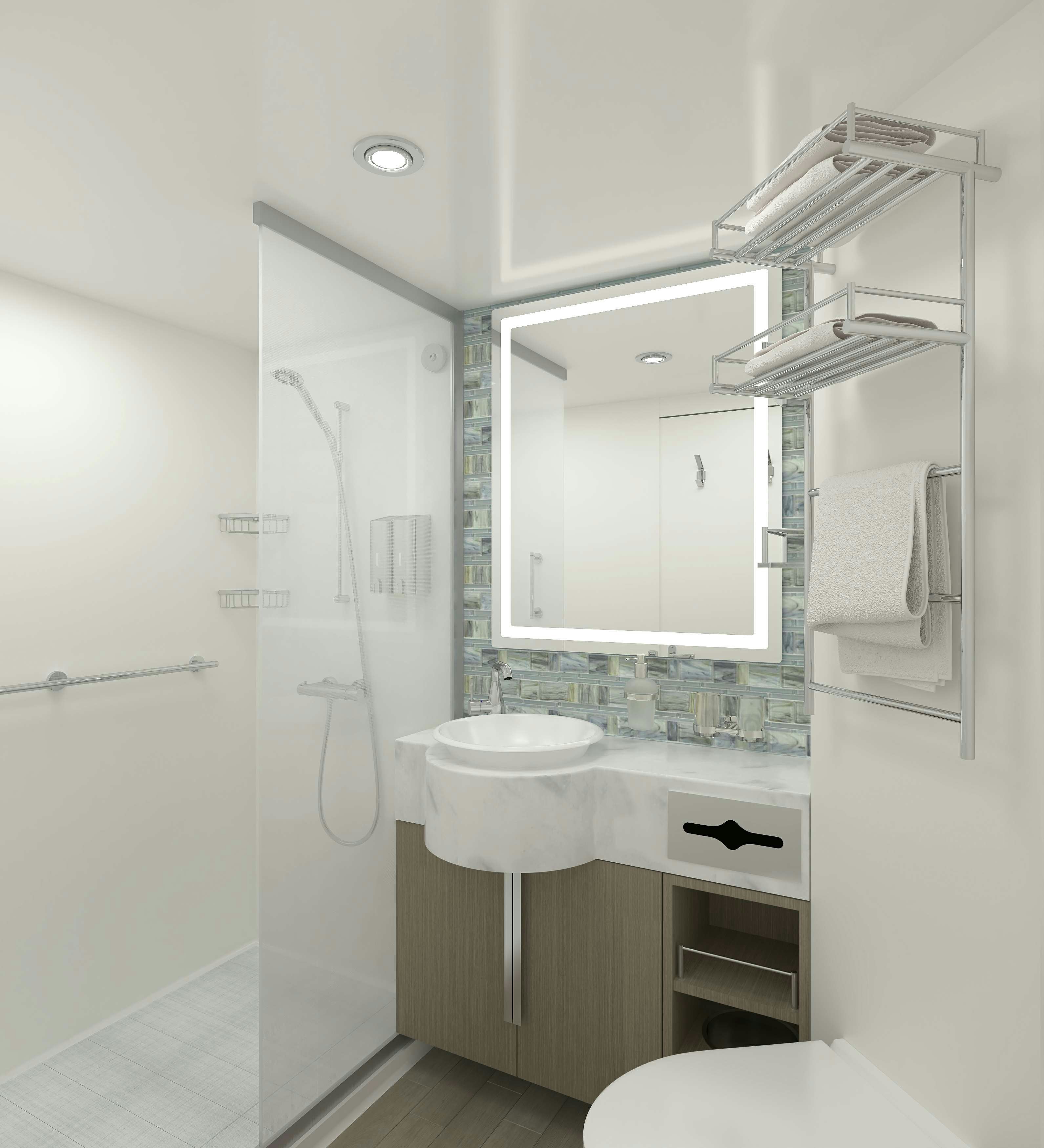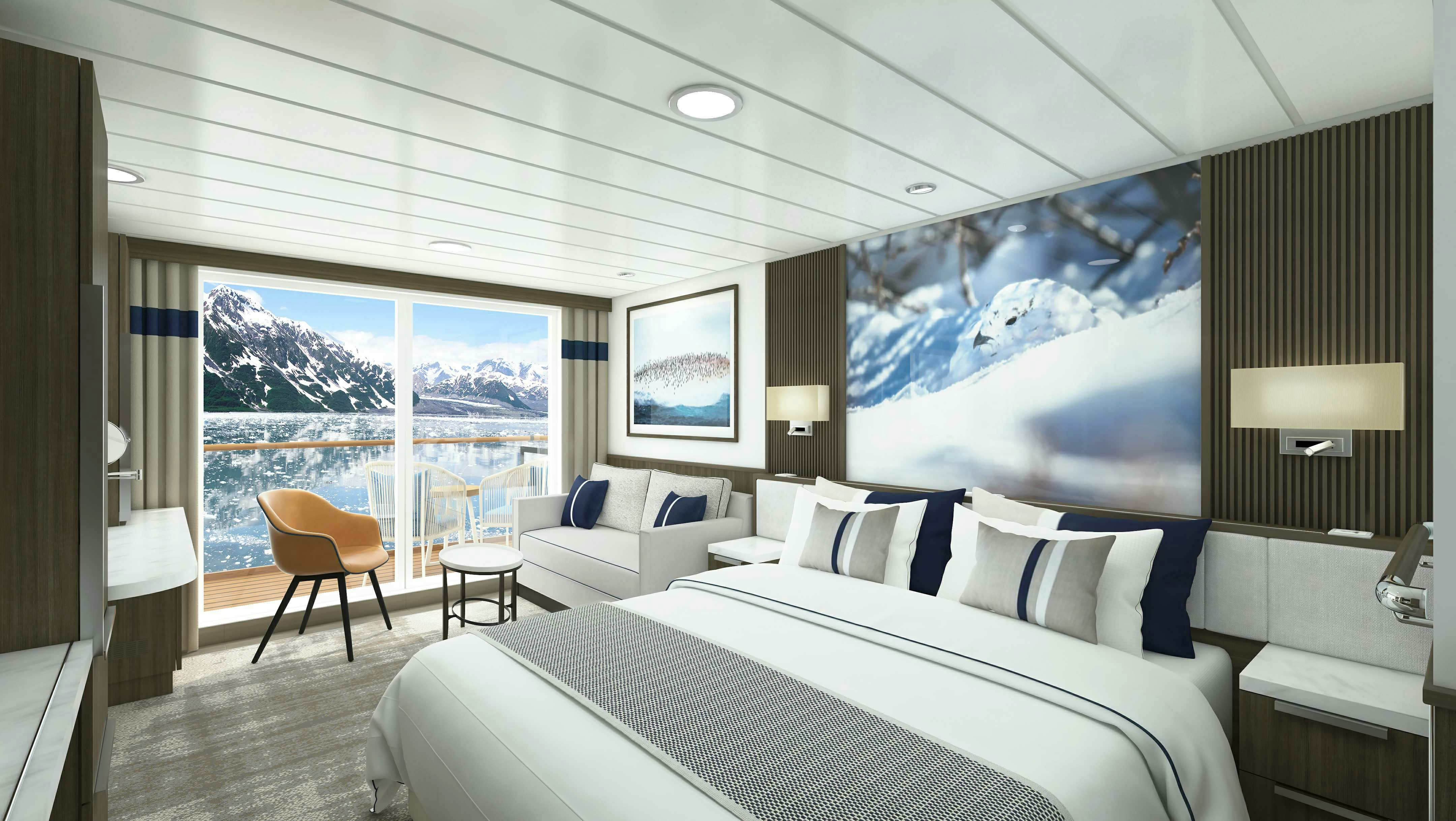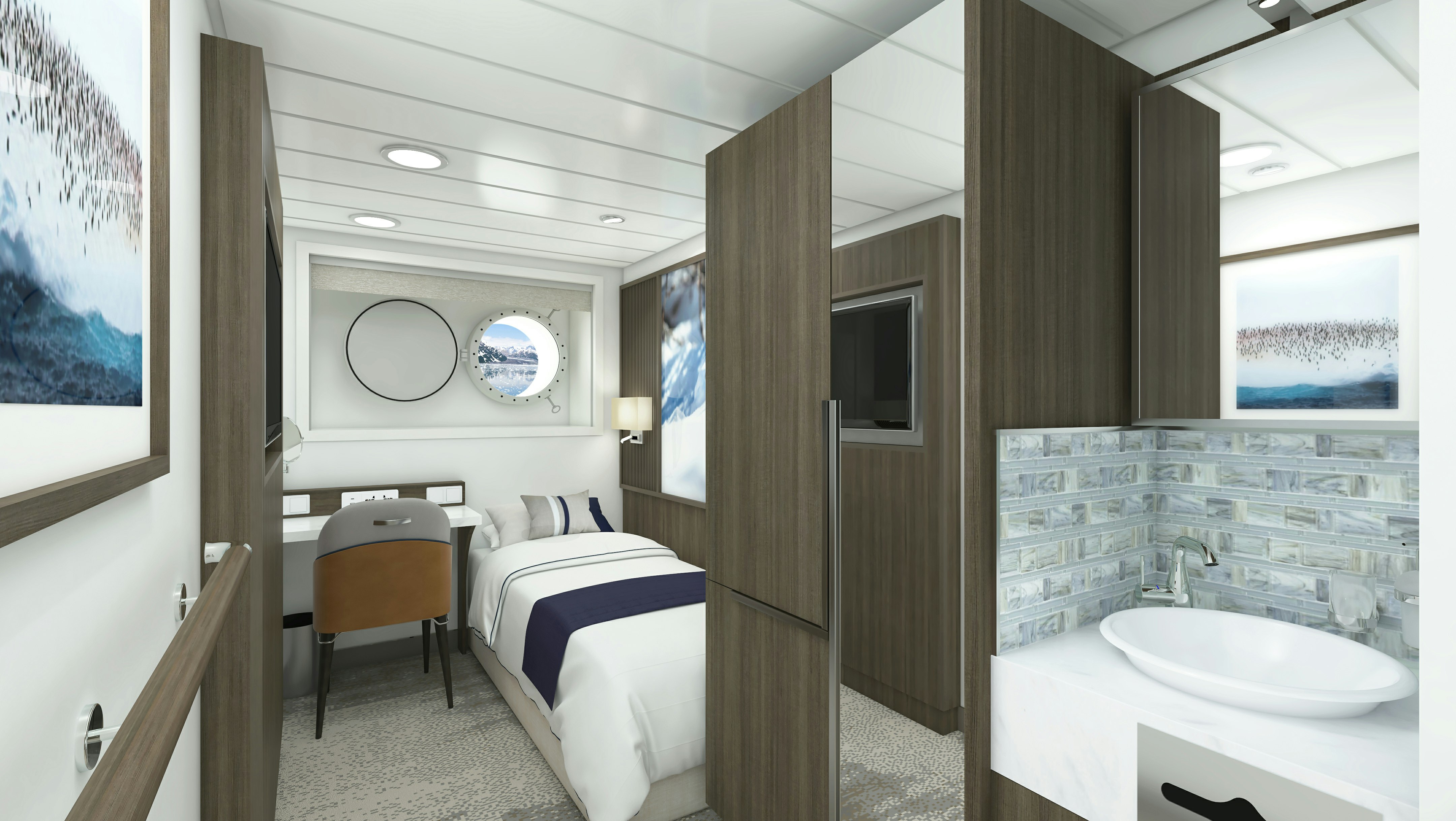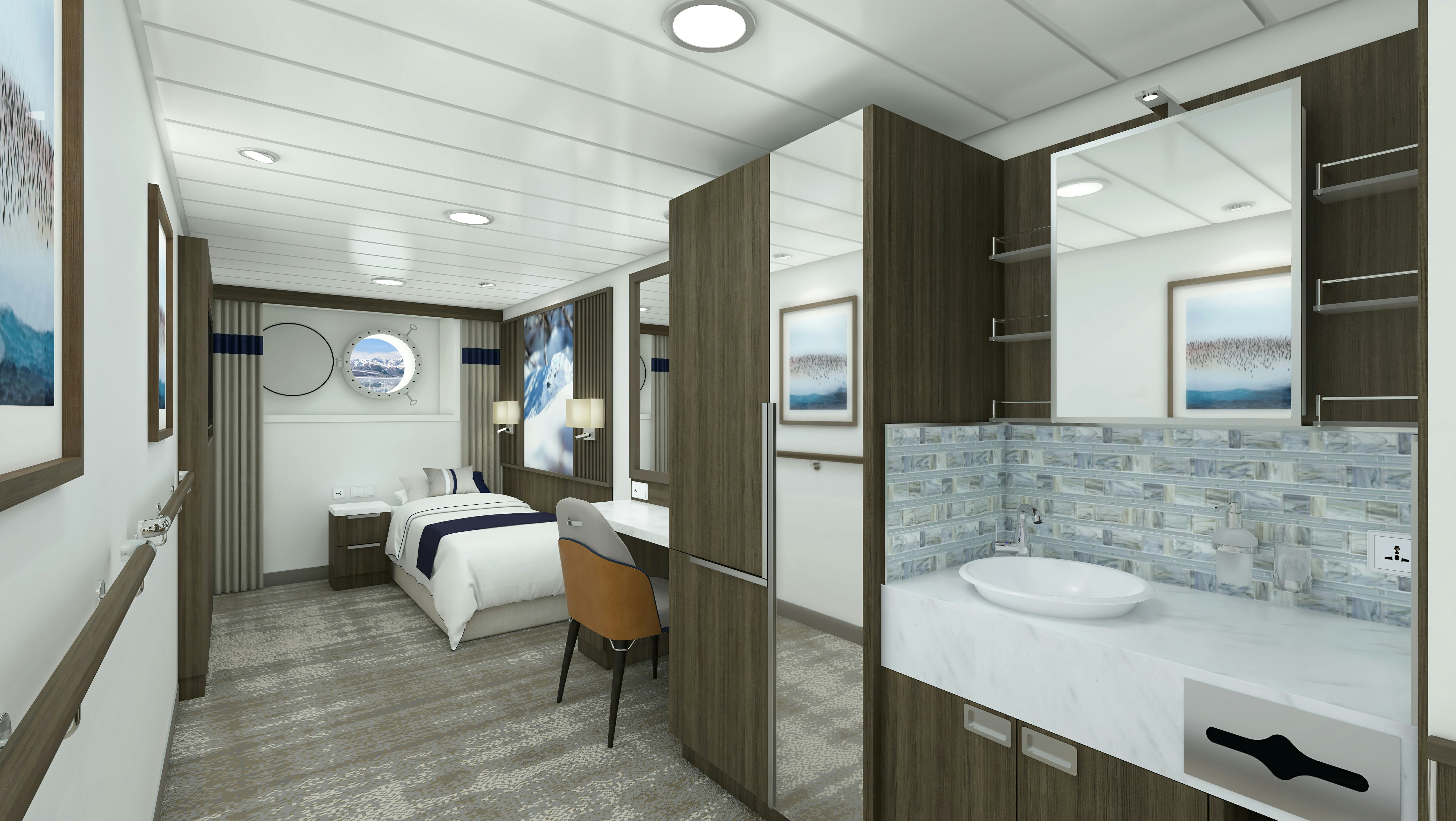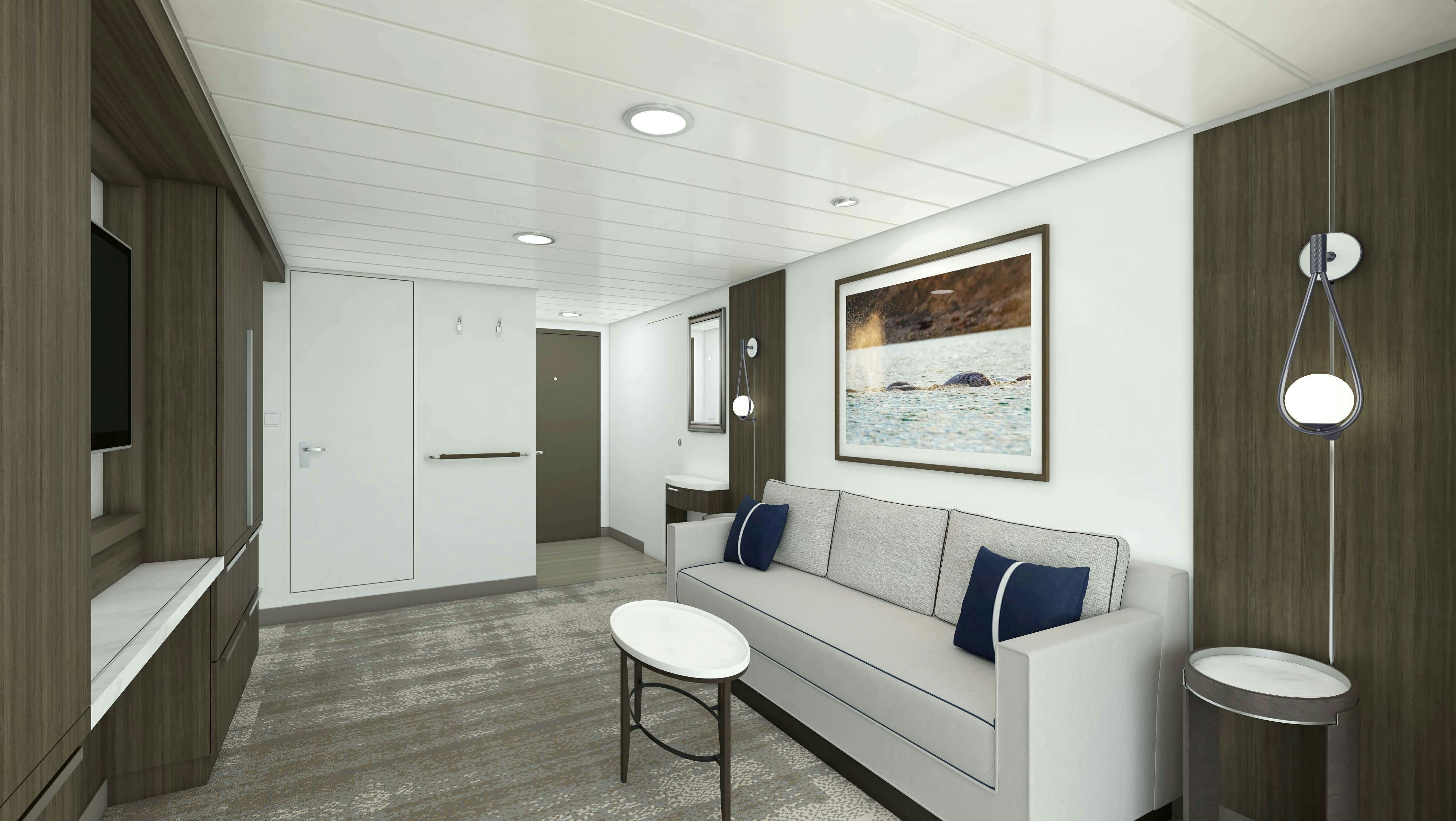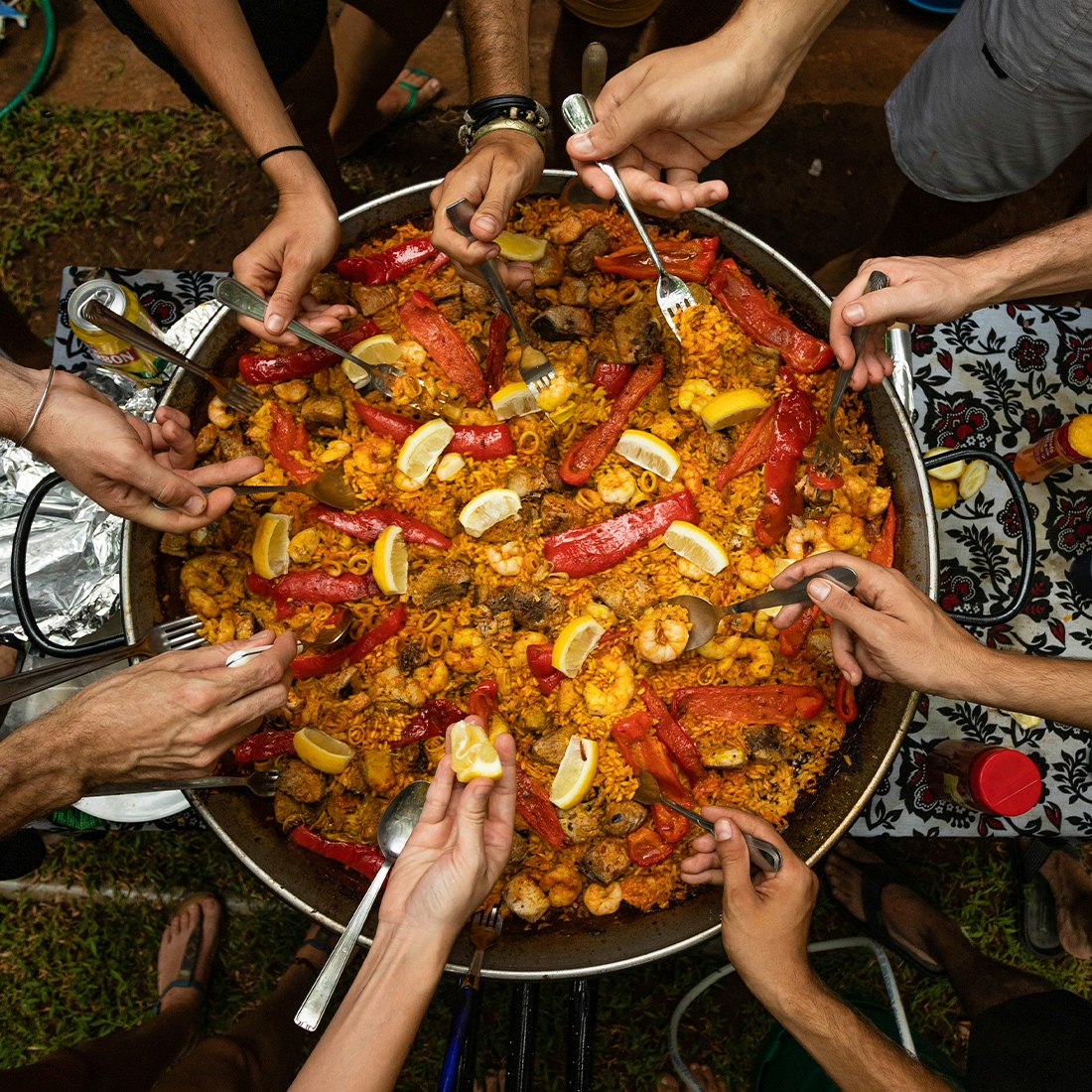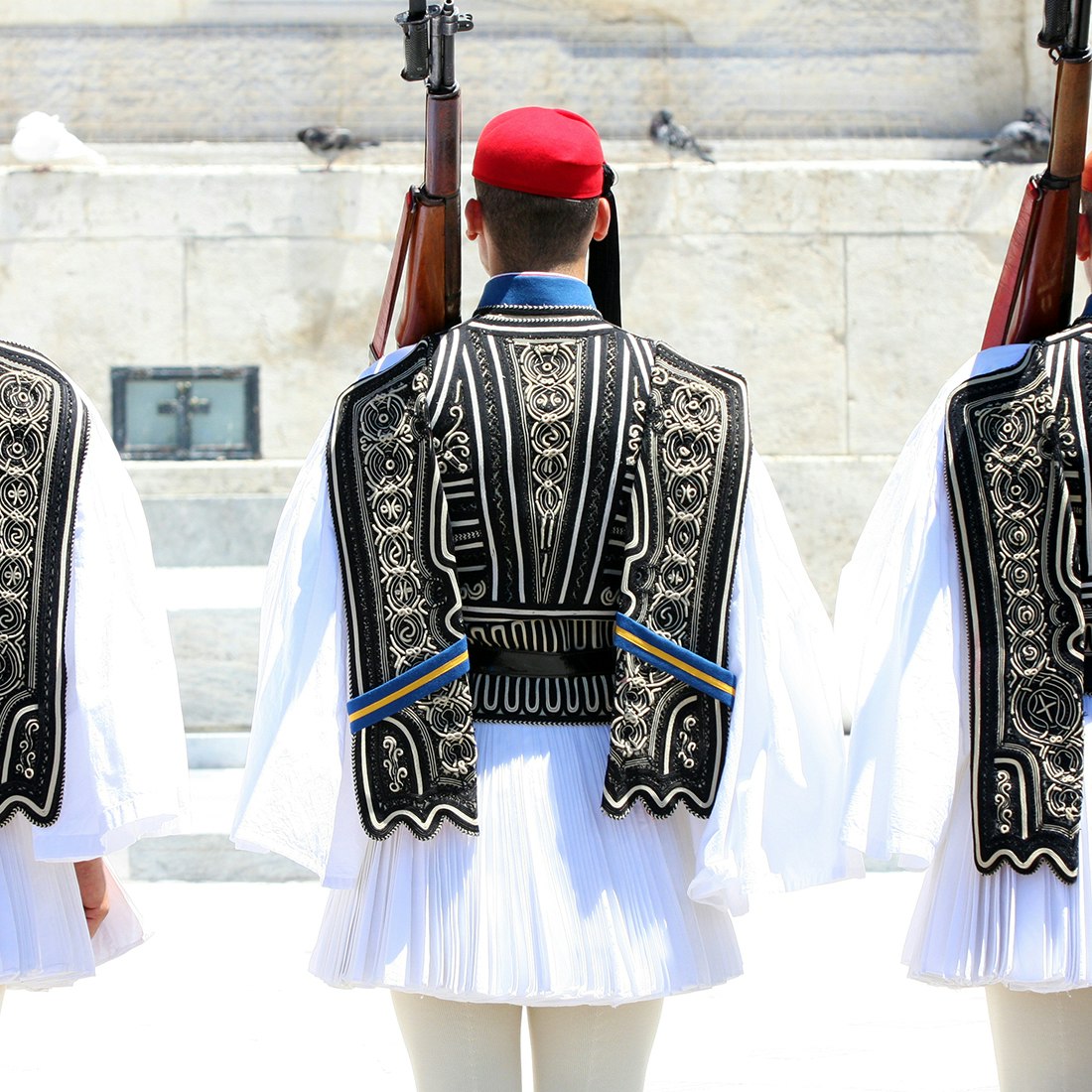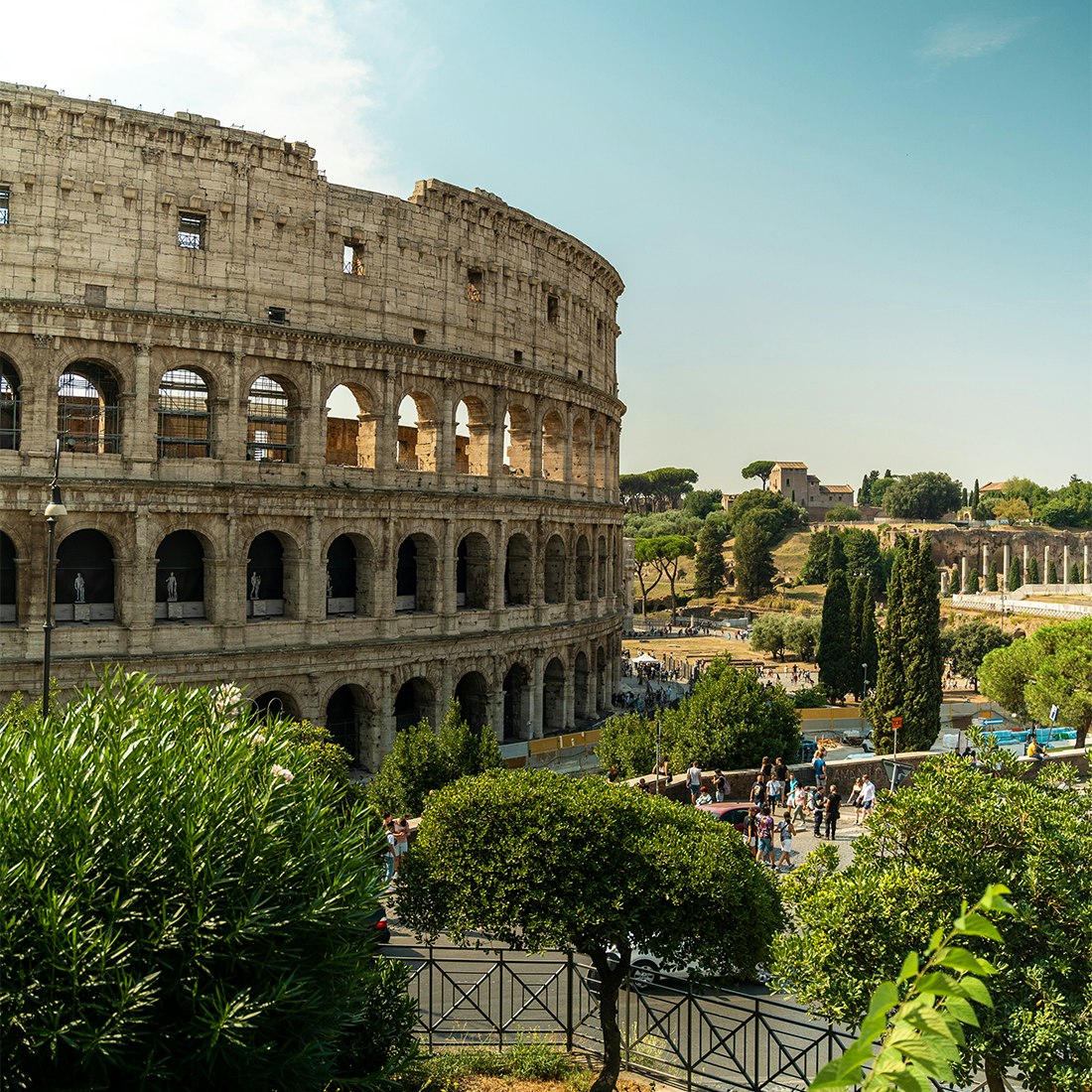Welcome to Amsterdam. On arrival at Schiphol airport make your way to the Arrivals Hall to meet our representative, followed by a transfer to our group hotel. At the hotel, visit our hospitality desk in the lobby to meet our team, who will provide you with useful information regarding pre-embarkation procedures and your time in Amsterdam. You will also receive cabin tags for your luggage. Please clearly label the tags with your name and your cabin number on the ship. This evening offers time to relax in preparation for our day exploring tomorrow.
Accommodation: Amsterdam Hotel (or similar)
Tolerant. Intelligent. Inclusive. There are many terms to describe Amsterdam, the city built around canals that began as a humble trading centre and grew into a global powerhouse. Founded in the late 12th century, Amsterdam quickly established itself as a pivotal hub for commerce, sending explorers and traders to the far corners of the New World. This spirit of adventure and openness to different cultures has shaped the city’s character, making it a melting pot of diversity and innovation. Today, Amsterdam offers travellers a unique mix of picturesque canals, world-class museums, and a progressive, welcoming atmosphere. Whether you are strolling through its historical neighbourhoods, exploring its world-class art scene, or simply enjoying a Heineken by a canal, Amsterdam promises to put a smile on your face.
Our ‘Your Choice’ experiences today, offer a chance to view the many faces of Amsterdam, and it surrounds.
This evening, we meet our fellow travellers at a Welcome Reception.
Personalise your exploration with our included ‘Your Choice’ experiences.
Option 1 – Morning experience: The Canals of Amsterdam
Join a canal cruise in Amsterdam and dive into the heart of this captivating city. The canals, laid out in the 17th century during the Dutch Golden Age, are more than just scenic waterways—they are a living engineering feat.
Lined with former merchant houses, each building reveals a chapter of Amsterdam’s past, showcasing the wealth and grandeur of its trading history. In spring, the canals come alive with vibrant colour as many bridges are adorned with flowers and residents place flower boxes on their homes, adding a touch of seasonal charm. The canals are impeccably clean, reflecting the city’s dedication to preserving their beauty and liveability. As you glide along, you’ll experience how these historical waterways continue to shape Amsterdam’s vibrant daily life, from houseboats and floating cafes to the occasional spring swimmer.
Option 2 – Morning experience: Zaanse Schans – a Pocket of Amsterdam’s Past
As you approach Zaanse Schans, it’s hard to believe you are still in 21st-century Amsterdam. The iconic windmills, their sails turning slowly, provide a historical backdrop against lush meadows. Inside, the creak of wood and the whir of machinery reveal the mills’ vital role in Dutch industrial innovation. Dating back to the 17th century, these mills were essential for sawing wood and grinding oil, flour, spices and pigments. Today, you can still enter a mill and learn from a host how these age-old processes worked. Strolling through Zaanse Schans, you will hear the distinctive clatter of wooden clogs on cobblestones and witness the craftsmanship behind Dutch cheeses and Delft Blue pottery. Artisans at the Weavers’ House and Tiemstra’s Coopery continue these traditional crafts. Each building and craft evoke nostalgia, connecting you to centuries of history. Though it is a living community, visiting Zaanse Schans feels like stepping into a bygone era.
Option 3 – Full day experience: Keukenhof – a tulip extravaganza
Nothing says welcome to Holland like tulips, so get ready to say ‘Welkom in Nederland’ as we visit Keukenhof Gardens during the annual Tulip Festival. Touted as the ultimate European spring experience, over seven million flower bulbs are meticulously planted each autumn to bloom in spring, creating a spectacular display of colour. With 800 different varieties of tulips, the gardens offer a visual feast that captures Dutch horticultural excellence.
As you explore the landscaped gardens, you’ll encounter intricate floral displays, themed gardens, and tranquil ponds, each more stunning than the last. The Tulip Festival celebrates not just tulips, but also daffodils, hyacinths and other springtime flowers, all arranged in creative patterns and designs. (Note: The dates for Keukenhof in 2027 are yet to be confirmed. If our visit falls outside of these dates or if tickets are unavailable, we will provide a suitable alternative.)
Accommodation: Amsterdam Hotel (or similar)
Meals: Welcome Reception (drinks and canapés)
Enjoy a morning in Amsterdam, before we drive to The Hague (Den Haag). En route stop at Kinderdijk offering us a glimpse into one of the greatest engineering feats in Dutch history. This UNESCO World Heritage site showcases 19 iconic windmills, built in the 18th century to manage water in the low-lying polder landscape. These windmills weren’t just picturesque additions to the horizon. They were essential to survival. By pumping water from reclaimed land into canals and rivers, they made agriculture and settlement possible below sea level. The Dutch mastered this technology to reclaim land from the sea, literally creating more of Holland. Visiting Kinderdijk reveals how innovation, necessity, and community shaped a nation that lives in harmony with water, turning threat into opportunity and marshland into thriving farmland. Only the Dutch!
On arrival at the seaside town of Scheveningen, we board the Douglas Mawson and enjoy a welcome dinner while we meet our onboard team.
Tucked along the Wadden Sea coast, Harlingen offers a glimpse into the rural heart of the Netherlands dairy capital, Friesland, along with an insight into the Dutch people’s enduring battle with the sea. This charming port town blends maritime heritage with quiet countryside, where dijks and canals crisscross low-lying farmland reclaimed from the sea. The region's iconic sea defences tell the story of resilience and a deep connection to water.
Our ‘Your Choice’ experiences offer three engineering feats this morning, with our afternoon free to explore the waterfront town of Harlingen This small town offers a true insight into ‘small town’ Friesland, before we take the Douglas Mawson out into the North Sea ready to traverse Europe’s Engineering Icons – the Kiel Canal.
Personalise your exploration with our included ‘Your Choice’ experiences.
Option 1 – Morning experience: Holland’s Saviour – the Afsluitdijk
With around 26 per cent of the Netherlands lying below sea level and nearly 60 per cent of the population living on reclaimed it's no surprise that the country hasn’t just battled the sea, it’s reshaped it. Nowhere is that more dramatically showcased than at the Afsluitdijk Wadden Centre, an eye-catching hub perched on one of the greatest engineering feats in Dutch history. Stretching an impressive 32 kilometres (18.6 miles) across the former Zuiderzee, the Afsluitdijk was completed in 1932 to tame the North Sea and protect the heart of the Netherlands. Its construction reclaimed over 1,650 square kilometres of land and saved countless lives by preventing catastrophic floods.
At the Wadden Centre, interactive exhibits bring this epic story to life. You’ll learn about the dike’s construction, the surrounding World Heritage-listed Wadden Sea, and visionary new projects like the Fish Migration River, a world-first solution helping wildlife adapt to human innovation. This isn’t just a museum, it’s a front-row seat to one of the greatest engineering achievements in Dutch history, and a glimpse into how the Netherlands continues to reshape its future, one wave at a time.
Option 2 – Morning experience: Sailing the Canals of Leeuwarden
Friesland is renowned for its world-famous cheeses, but Leeuwarden offers more than just dairy delights. This authentic, rural town is a world away Holland’s city landscapes. It's a haven of canals, charming, cobbled streets, and picturesque houses that tell stories of centuries-old Dutch traditions. After a relaxing boat tour along Leeuwarden’s serene canals, you’ll have free time to explore the city’s quiet beauty at your own pace. Stroll through its quaint streets, admire the historic architecture, and discover local food shops where Friesland’s unique culture comes to life. Don’t forget to sample some local cheese, made from the rich milk of the famous Friesian cows — who can produce up to 30 litres of milk a day!
Option 3 – Morning experience: Fortress of Resistance: A Visit to the Kazematten Museum
A few kilometres off the Frisian coast, on the Afsluitdijk, lie the historic Kazematten of Kornwerderzand, the only place in Europe where the Blitzkrieg was halted in May 1940. In a remarkable stand, just 225 Dutch soldiers managed to hold off an assault by 13,500 German troops, marking a unique moment of resistance during the early days of World War II. The Kazematten Museum, housed in the original bunkers, brings this heroic story to life through preserved fortifications, personal artefacts, and detailed exhibits. It’s a powerful and atmospheric visit that highlights extraordinary courage against overwhelming odds.
Our day at sea offers the perfect opportunity to reflect on another great engineering feat — our own vessel, the Douglas Mawson. Join a member of our team for a fascinating onboard lecture exploring the ship’s design, cutting-edge navigation systems, along with what it’s like to sail to the polar regions aboard a purpose-built expedition vessel.
Between insights on sailing and scanning the horizon, there’s time to unwind and enjoy the ship’s amenities, whether it’s a quiet moment on deck or a drink with a view. As we sail, the outer Dutch islands gradually give way to the German coastline, setting the stage for our arrival the next morning at one of Europe’s most impressive engineering wonders.
You can’t travel through Germany without encountering its vast network of navigable waterways, but none are as iconic or strategically important as the Kiel Canal. Often called Europe’s Panama, this 98-kilometre (61-mile) engineering feat slices through the narrow waist of Schleswig-Holstein, cutting the Jutland Peninsula from mainland Europe and offering Baltic-bound ships a shortcut that saves 460 kilometres (286 miles) of open-sea navigation around Denmark.
Carved by hand over eight demanding years by 9,000 workers, the canal opened in 1895 as the Kaiser-Wilhelm-Kanal, but as Germany’s naval power surged, it had to be widened by hand once more to accommodate a new generation of battleships. Today, renamed the Nord-Ostsee-Kanal, but often simply called the Kiel Canal, it remains one of the most fascinating waterways, attracting 90 to 130 vessels daily.
Thanks to our boutique ship’s compact size, we’re able to navigate this rare inland passage, an experience off-limits to today’s towering cruise giants. Our daytime transit offers a front-row view of the canal’s working locks, designed not for elevation but to manage the tidal flow between seas. As we glide through peaceful stretches of countryside, the scenery becomes unmistakably German: wide meadows, red-brick farmhouses, and the occasional herd of cows watching from the banks. It’s one of the few journeys in Europe where tranquillity still reigns and where you're more likely to spot a tractor or a fishing rod than another tourist.
We disembark this morning at historical Wismar and take a morning's drive to Germany’s capital; Berlin, where we will spend the night to ensure a fascinating insight into this iconic city.
Few cities wear their history as openly, or as powerfully, as Berlin. Once the heart of Prussian royalty and imperial ambition, it became a symbol of cultural prestige with grand boulevards and monumental buildings. But the 20th century reshaped it dramatically. Devastated by Germany’s defeat in WWI and the ensuing depression, Berlin fell under Nazi rule, becoming Hitler’s capital, where dark ideology took root. World War II left the city in ruins, and by the end of the decade, Berlin was divided; reflecting the fractured world around it. Built in 1961, the Berlin Wall became the starkest symbol of the Cold War, splitting not just the city but Europe itself for nearly three decades.
Our overnight visit to Berlin offers an insight into a city shaped by centuries of conflict and resilience. This afternoon, our local guide brings their hometowns rich and turbulent past to life on a driving tour of their city. We trace the story of the Berlin Wall on a driving tour from the East Side Gallery to Checkpoint Charlie, where tales of division and daring escapes still resonate. Along Unter den Linden, the grand boulevard of Prussian power, we explore Berlin’s imperial legacy by viewing landmarks like the Brandenburg Gate and the Reichstag, while at the Kaiser Wilhelm Memorial Church, one of the few buildings to survive World War II bombings, we’re reminded of the city’s devastation and its extraordinary capacity to reengineer itself as Germany’s capital.
This evening we’ll enjoy some traditional German fare, before an overnight stay in this historic city.
Accommodation: Berlin Hotel (or similar)
Meals: Breakfast, lunch, dinner
Our morning in Berlin offers two ‘Your Choice’ experiences for you to choose from. Reflect on 1940’s Berlin with a moving visit to the Jewish Memorial and a powerful lesson learnt through wartime images and testimonials at the Topography of Terror Museum. For those interested in the Cold War era, browse the DDR Museum to uncover the story of divided Berlin. In the early afternoon, we head north to Rostock, a historic stronghold of the Hanseatic League, where we’ll board the ship, and sail for Denmark mid-evening.
Option 1 – Morning experience: World War II Berlin
Our tour begins with a visit to the Topography of Terror; an open-air museum located on the former site of the World War II Gestapo and SS headquarters. Despite its unassuming name, it offers a stark and powerful look into the dark history of Nazi terror, using photographs, documents, and testimonies to reveal the chilling operations that took place here. We follow this story to the Jewish Museum, a space that goes beyond architecture to tell deeply personal stories of Jewish life in Germany. Through poignant exhibits and artifacts donated by families devastated by the Holocaust, we gain a profound understanding of the impact of Nazi policies, reflecting on the deep loss, remarkable resilience, and enduring strength of the Jewish community.
Option 2 – Morning experience: Living behind the Wall
Step back in time at the DDR Museum, one of Berlin’s most popular and immersive museums. Here, everyday life in the former East Germany is brought vividly to life through original artifacts donated by those who lived under the regime. Each item, whether a ration card, schoolbook, or kitchen appliance, carries a personal story, offering a glimpse into the daily realities behind the Iron Curtain. Walk through reconstructed living spaces, sit in the DDR’s iconic car - the Trabant, and experience the atmosphere of a state shaped by surveillance and scarcity. It’s a powerful, hands-on journey into the human experience of life ‘behind the Berlin Wall’.
After breakfast, check-out of your hotel and transfer to the airport for your onward flight.
Meals: Breakfast
Copenhagen is a city where Scandinavian tradition meets modern Nordic cool. Home to three royal palaces, and nearly a quarter of Denmark's population this casual capital reflects centuries of regal heritage alongside a progressive, design-driven spirit. Consistently ranked among the world’s most liveable cities, Copenhagen is celebrated for its clean, human-centred design and its effortless blend of historical buildings and sustainable suburbs. Nowhere is this clearer than along its transformed harbourfront. Once industrial, now reimagined through clever engineering, the former warehouses are now a vibrant public space. With clean swimming zones, open promenades, and a buzzing café scene, it’s a showcase of how the Danes design not just for function, but for joy. In Copenhagen, life is meant to be well-lived, so get ready for an enjoyable day on our ‘Copenhagen by design’ day tour.
We’ll begin with a brief driving tour of Copenhagen’s iconic landmarks, making a stop at the famous Little Mermaid statue, before joining a tour of Amalienborg Palace, the official residence of the Danish royal family. In the afternoon, enjoy some free time at Nyhavn, Copenhagen’s iconic marina, framed by colourful 17th-century buildings, wooden sailboats, and inviting cafés. Or take a stroll along the Strøget, Europe’s first pedestrian shopping streets, lined with boutiques, galleries, and street performers. Copenhagen is the perfect place to unwind. Savour authentic Danish cuisine at a trendy waterfront restaurant or perhaps treat yourself to an afternoon of retail therapy, Scandinavian style. (Note: Should Amalienborg Palace be closed for an event, a suitable alternative will be provided).
Late-afternoon we transfer to our hotel for an overnight stay in Denmark’s capital.
Accommodation: Copenhagen Hotel (or similar)
Meals: Breakfast onboard











